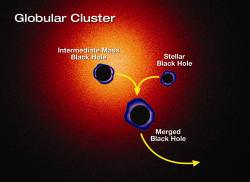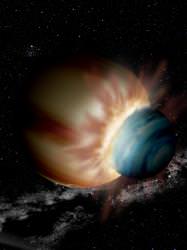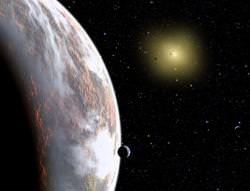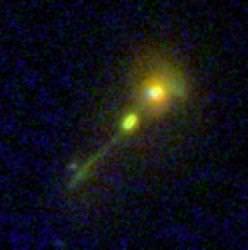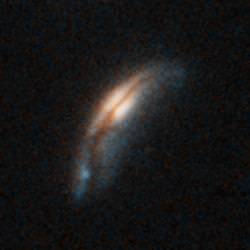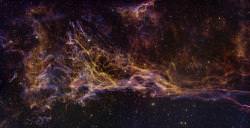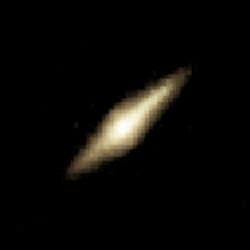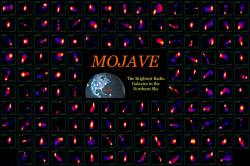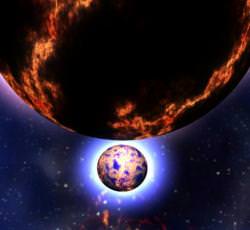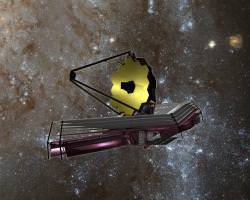Uh oh, this doesn’t sound good. It turns out there could be hundreds of rogue black holes, each weighing thousands of times the mass of the Sun, hurtling though the Milky Way. Oh, and they’d be almost impossible to spot.
Vanderbilt astronomer Kelly Holley-Bockelmann presented the results of a supercomputer simulation at the Winter meeting of the American Astronomical Society.
The research focused on modeling the controversial “intermediate mass” black holes. These are the theorized black holes that should form within globular star clusters, containing a few thousand times the mass of the Sun; much heavier than the stellar mass black holes, but a fraction the mass of the supermassive variety. Astronomers have been looking for them for years, and even after all that searching, they’ve only come up with a couple of tentative candidates. So maybe these black holes are all around us, kicked out of their globular clusters, free to wander the galaxy.
Scientists have been hard at work modeling what might happen as two black holes merge. This is the realm where Einstein’s theory of relativity comes into play because of the tremendous forces and masses involved.
The simulations predict that as two black holes come together to form a new, even more massive black hole, it should receive a tremendous “kick” because of the conservation of momentum. The newly formed black hole should actually get kicked right out of the globular cluster in a random direction as fast as 4,000 kilometres a second.
Since the escape velocity of a globular cluster is only about 100 km/s, that black hole won’t ever come back to its home.
Now, if this research is true, the roughly 200 globular clusters in the Milky Way might have spawned intermediate-sized black holes, and then ejected them in random directions into the galaxy. There are probably several hundred black holes wandering invisibly through our galaxy.
Now don’t get too scared, “these rogue black holes are extremely unlikely to do any damage to us in the lifetime of the Universe,” soothed Holly-Bockelmann. “Their danger zone, the Schwarzschild radius, is really tiny, only a few hundred kilometers. There are far more dangerous things in our neighborhood.”
Original Source: Vanderbilt News Release

